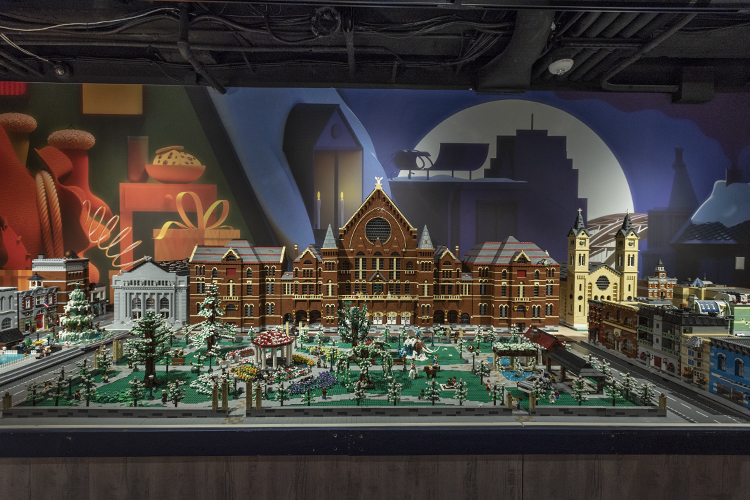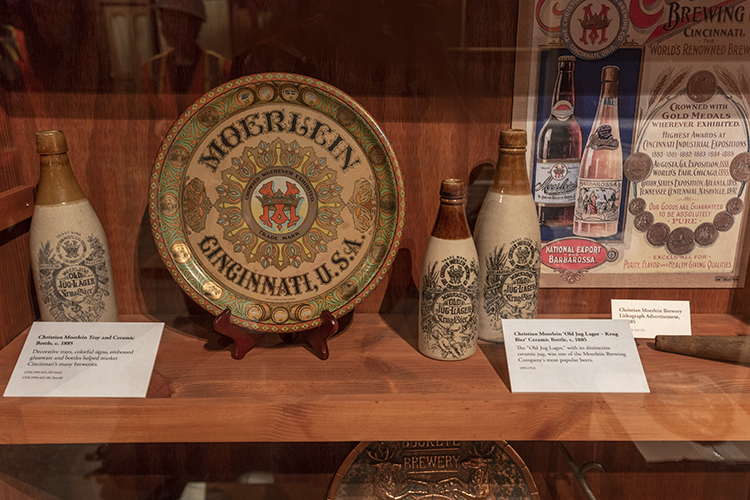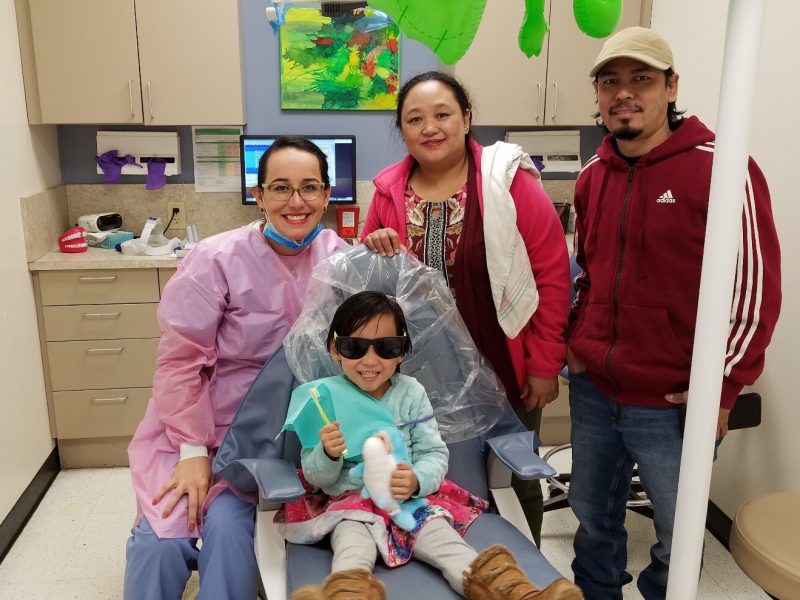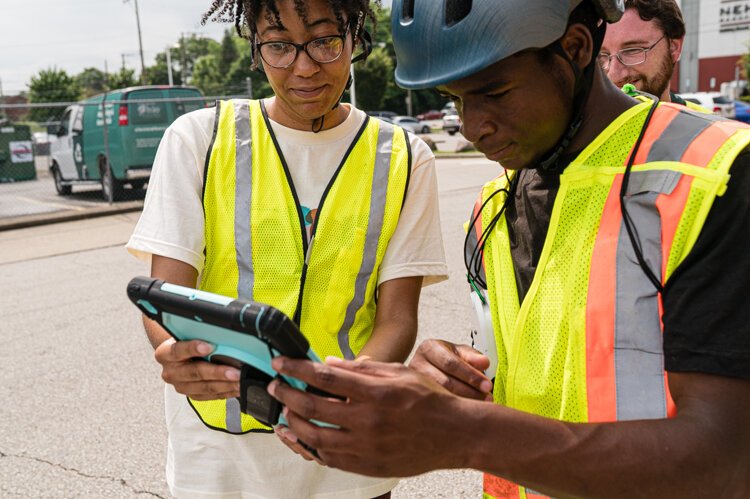Old meets new: redesigned Union Terminal reopens
Visitors will see old favorites next to new exhibits in the Cincinnati Museum Center's renovated, redefined space.
When Union Terminal re-opens to the public on November 17, returning visitors will feel comfortably at home within the iconic architectural masterpiece. After months of extensive renovations and restoration, the facility still feels familiar with its historic elements intact and on display. Yet, it won’t take long to discover both subtle and striking changes and updates around every corner.
By design, Union Terminal has been painstakingly restored to its 1933 glory and completely updated to meet the needs of its 2018 use. With added and updated features in the museum spaces and improved amenities throughout the entire facility, the building is now the best of both its worlds — then and now.
Updating an old building for a new world
When Union Terminal first opened in 1933, it was a hub of transit for the entire Cincinnati region, with people coming and going by train, by bus, or by car. Though Amtrak operates a very small terminal out of the building now, it’s been more than forty years since Union Terminal was primarily a transit center.
Union Terminal has been repurposed in many different ways since railroad travel declined and service temporarily halted at the facility in the 1970s. In 1990, after decades of failed attempts at effectively reusing the building, it was re-opened as the Cincinnati Museum Center (CMC). Together with the local historic preservation and construction communities, the CMC has been the major player in bringing Union Terminal back to its original glory during this two-year restoration process.
Visitors to the restored Union Terminal will find the facility looking very much like itself, but with an added sparkle. The colorful murals, the historic light fixtures, the exterior features, and the looming rotunda have all been meticulously cleaned and repaired. Everything looks brighter, almost like new. Then, below the surface of the Art Deco design and finishes, millions of dollars have been spent repairing and updating structural and mechanical systems to ensure many more years of efficient use.
Families and guests with special needs will find increased accessibility and ease throughout the building. Facilities such as the restrooms and dining options have been improved. A kids’ café, for example, is being added to the lower level near the Duke Energy Children’s Museum entrance. The Losantiville Dining Room off of the rotunda is now open for daily use by visitors, harkening to the days when meal service was available to passengers leaving or arriving at the busy terminal.
In addition to the Cincinnati Museum Center’s three museums — the Cincinnati History Museum, the Duke Energy Children’s Museum, and the Museum of Natural History & Science — the building still hosts a handful of other attractions that visitors can enjoy. The Robert D. Lindner Family Omnimax Theater, The Cincinnati Historical Society Library, and The Cincinnati Railroad Club’s hidden gem, Tower A, are all worth a visit. A new addition to the facility is the Nancy & David Wolf Holocaust & Humanity Center, opening in January 2019. Union Terminal will still be available to rent for private events as well.
Reconnecting science, history, and more

For the past few decades, most of the visitors to Union Terminal have come to see one of the CMC’s three museums. During the latter half of the restoration project, these museums have been mostly closed to the public. So, with the time available, the CMC took the opportunity to redesign the spaces. This is where repeat visitors will notice the biggest changes, particularly in the way the museum spaces connect and flow together.
The visitor experience now feels more open, less structured. Guests will be able to take a more self-guided tour through the museums, even passing back and forth more naturally between them on the lower levels. Thanks to these structural changes, the temporary exhibits no longer feel as isolated on the lower level and the Duke Energy Children’s Museum feels more a part of the whole.
Whitney Owens is the Cincinnati Museum Center’s chief learning officer. She came to the CMC three years ago and has spent much of the past few years overseeing the overhaul of the museum spaces. The chance to be a part of such a massive renovation was “an extraordinary opportunity,” she says.
“You’re lucky in a museum career if you get to redo a couple exhibits, let alone a whole museum, let alone three museums.”
One notable highlight of the Museum of Natural History & Science is the addition of Dino Hall. Just inside the museum’s main entrance, visitors are now greeted by impressive, rare pieces such as the most complete Torvosaurus specimen in existence — which, Owens tells proudly as an aside, was discovered by a team that included a Cincinnatian. While the museum has always held dinosaur specimens, they’ve never been on such grand display. Owens says the large Dino Hall is a more fitting home for them.
Eventually, the main level will feature the Dino Hall right alongside an interactive, applied sciences exhibit and a new hall of biodiversity featuring specimens from the nearby edge of Appalachia.
In the meantime, for the next few months, visitors can visit Birdly, a flying dinosaur virtual reality experience. The museum’s lower level classroom spaces have also been redesigned and there is both a new Paleontology and a DNA lab visible for observation and public interaction. There is a new, state-of-the-art STEM lab as well.
Everything in the science museum is designed to be multi-sensory and the science exhibits all work together, across disciplines and across the building.
“The thing I love about the Museum Center,” Owens says, “is that we’re one of the only places in the country where you have the ability to take a subject and look at it through science, natural history, play (through the Children’s Museum), and history. We can be inter-disciplinary in a way that few institutions can.”
Across the building in the Cincinnati History Museum, visitors will notice other significant changes, including the Public Landing exhibit. This popular exhibit has been redesigned to feature more immersive experiences, including new shops and hands-on activities with the addition of a dressmaker, a beer hall, and a photographer’s studio. The exhibit also features new, diverse narratives in its history-telling. As visitors walk through the life of a late 19th century Cincinnatian, they will now hear the stories of a more diverse group of women and immigrants arriving and making their way in the bustling river town.
Another favorite of the Cincinnati History Museum, the Duke Energy model trains, are still on display but their exhibit has been moved and updated. Visitors can now get a broad overhead view of the trains as well as an up-close view of the engineering station. The new exhibit tells more about the historic significance of these trains and, in an adjacent room, the Trainmaster’s workshop provides an insider view of what it takes to keep and care for them.
A new makerspace will be opening in the Cincinnati History Museum and more new exhibits will appear as time goes on. Both a “Made in Cincinnati” and “Life in Cincinnati” exhibit are in the works.
Bringing back a Cincinnati tradition
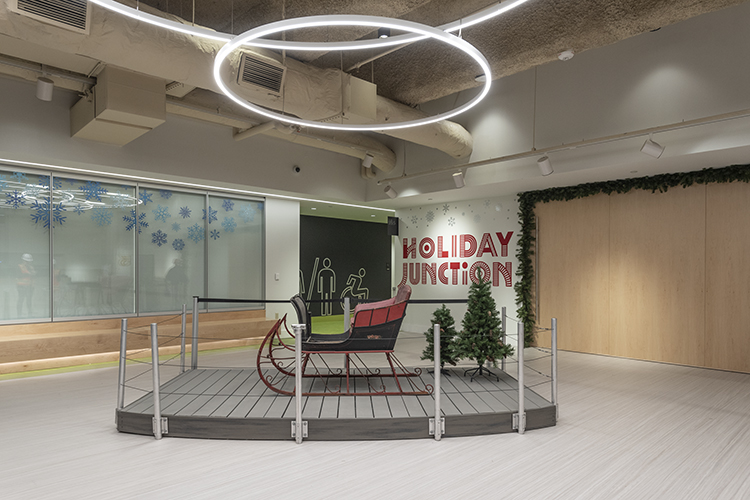
The Cincinnati Museum Center will reopen just in time to welcome another visitor favorite: Holiday Junction, featuring the Duke Energy Holiday Trains. This year’s exhibit has a children’s storybook theme, with popular imagery scattered throughout the exhibit. Children can ride on a train. An impressive LEGO exhibit created by local organization CincyLUG features familiar storybook characters. Visitors of all ages can take turns building a snowman and talk with Santa once he takes residence for the season. (He arrives on November 23.) This exhibit has been a Cincinnati tradition since 1946 and its new design will not disappoint.
All these changes — big and small — play into a bigger vision for the Cincinnati Museum Center. The narrative is more diverse and interactive, giving a more comprehensive story of Cincinnati and its place in the world. Now updated and redesigned, Union Terminal and the CMC are poised for many more years of, as Owens says, “bringing history into science and science into history.”
After a few private sneak-peek events, the Cincinnati Museum Center opens to the public on November 17, 2018. The CMC website features complete information on membership, admission costs, hours, and new exhibits.
Support for STEAM in the Museum is provided by Cincinnati Museum Center as it educates and inspires the leaders, builders and dreamers of this generation and the next.

